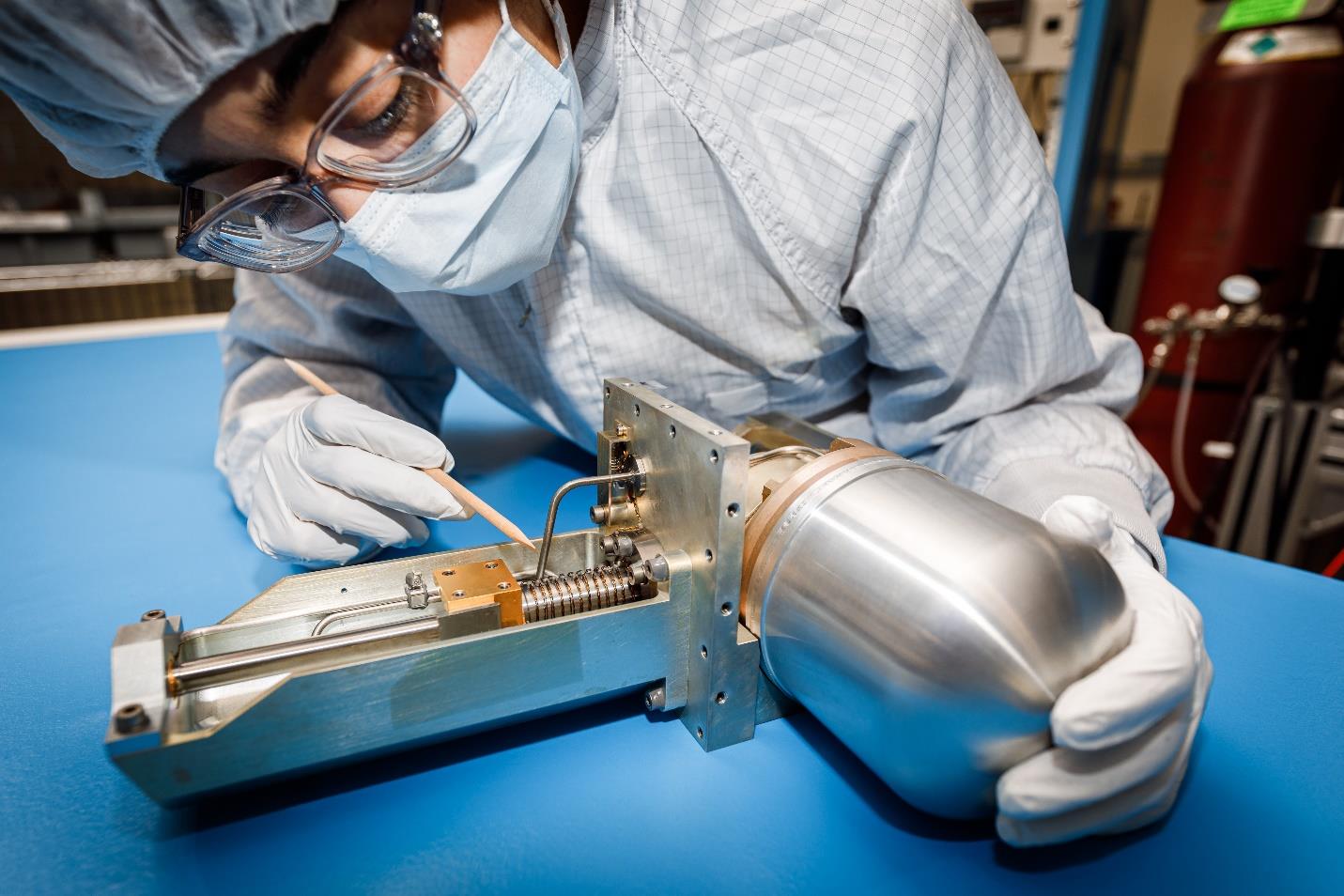CLARREO Pathfinder’s Cool Breakthrough, from Space to Quantum
 For decades, Northrop Grumman has been making highly dependable cooling systems, cryocoolers, for spacecraft. In spacecraft, a cryocooler is most often essentially a specialized refrigerator deployed on satellites and space telescopes to maintain extremely low temperatures for onboard sensors. This is crucial for capturing high-resolution images of Earth or outer space, like the ones captured by the James Webb Space Telescope. Reliability is key because cryocoolers are part of a symbiotic relationship. If the cryocooler malfunctions, then sensors won’t function. They need each other.
For decades, Northrop Grumman has been making highly dependable cooling systems, cryocoolers, for spacecraft. In spacecraft, a cryocooler is most often essentially a specialized refrigerator deployed on satellites and space telescopes to maintain extremely low temperatures for onboard sensors. This is crucial for capturing high-resolution images of Earth or outer space, like the ones captured by the James Webb Space Telescope. Reliability is key because cryocoolers are part of a symbiotic relationship. If the cryocooler malfunctions, then sensors won’t function. They need each other.
“Our cryocoolers are incredibly reliable – they’re performing the same at the end of their 20-year mission as they did on day one. We’ve observed absolutely no degradation in performance over their mission life,” said Owen Cupp, general manager of the cryocooler operating unit at Northrop Grumman.
While consistent performance over such a long period of time is noteworthy, not every mission requires a cryocooler to last for 20 years. However, no matter the length of the mission or budget, this technology needs to be reliable because in space, fixing isn’t an option.
Northrop Grumman is developing a more cost-effective, reliable class of cryocoolers based on proven designs used in critical national defense, climate, weather and astronomy missions. These new cryocoolers have a simpler design, can be produced more quickly and in larger quantities and are suitable for less demanding missions.
The Climate of Opportunity
Engineers at the University of Colorado at Boulder (CU Boulder) were building a special sensor for the Climate Absolute Radiance and Refractivity Observatory (CLARREO) Pathfinder Mission, which is slated to launch at the end of this decade. Like most space-based missions, the sensor requires a highly reliable cryocooler. However, the mission is only for two years, and the university has a tight budget.
“We knew Northrop Grumman had a strong heritage with cryocoolers, and with their new class of cryocoolers, we can have the capability and assurance we need within our price point,” said Greg Ucker, project manager for the Laboratory for Atmospheric and Space Physics at CU Boulder.
Once launched, the CLARREO Pathfinder (CPF) will help scientists better understand how our planet’s climate is changing by precisely measuring sunlight that bounces off the Earth. These measurements will be five to ten times more precise than what current sensors can achieve. CPF will also be able to transfer its high-accuracy data to other Earth-viewing sensors. With Northrop Grumman’s cryocooler technology maintaining optimal temperatures for the CLARREO Pathfinder, advances in climate sensing can be unlocked.
Unlocking More Potential
Northrop Grumman’s engineers are exploring other potential applications for this new class of cryocoolers, including its use in quantum computing.
“Customers are going to have a greater idea of how to use the technology in a broader sense, and we may be surprised at what we see,” said Dale Durand, a Northrop Grumman cryocooler engineer. “This new line of cryocoolers opens possibilities for different missions, applications and customers.”
Northrop Grumman’s leadership in the cryocooler industry serves as a benchmark in the field. To date, the company has delivered more than 50 space flight cryocoolers and has accumulated more than 300 years of failure-free, combined on-orbit operations. With a new, affordable line of cryocoolers, the company will continue to push new limits, regardless of climate or budget. www.northropgrumman.com/space/cryocoolers
Image: Northrop Grumman is developing a more cost-effective, reliable class of cryocoolers based on proven designs used in critical national defense, climate, weather and astronomy missions.


